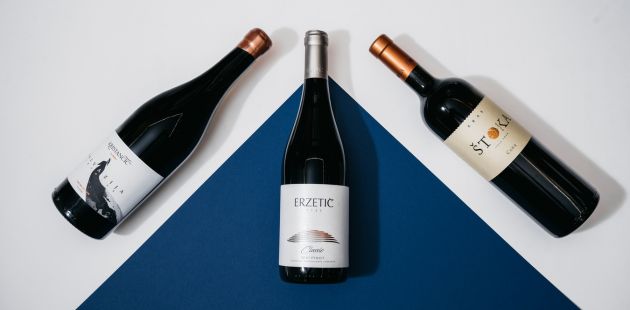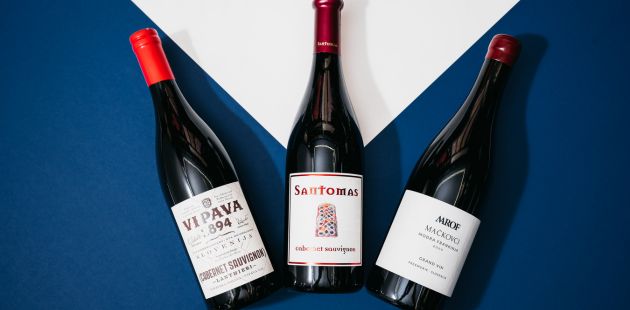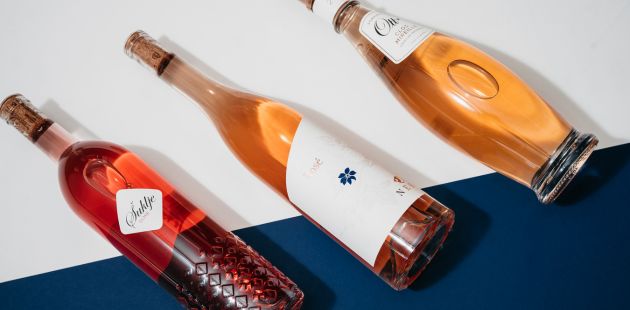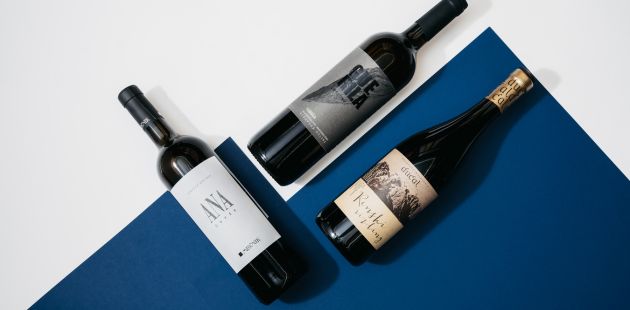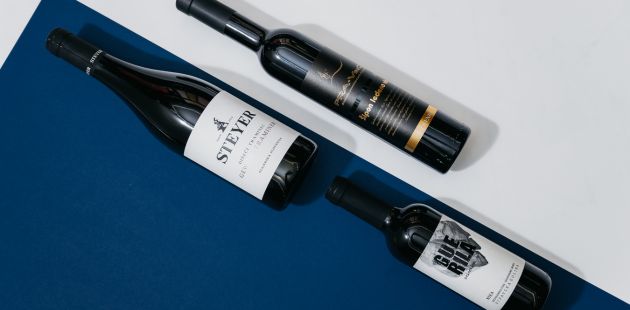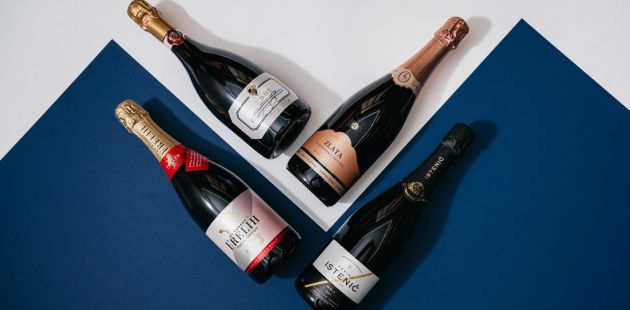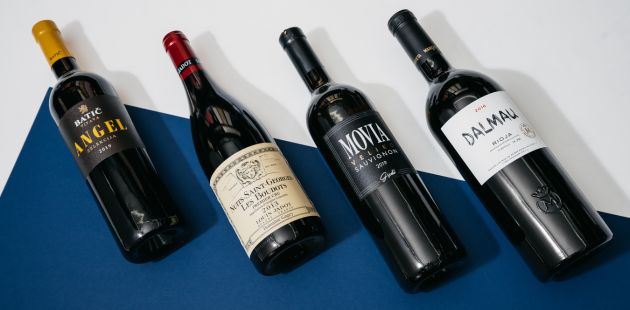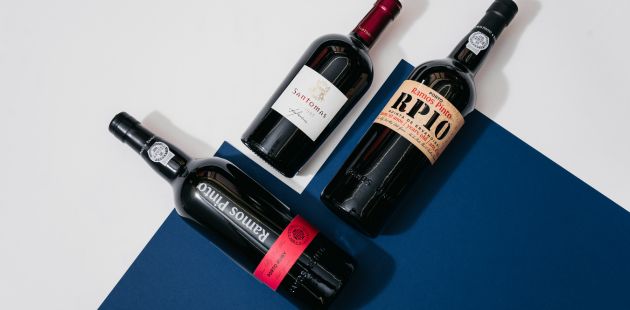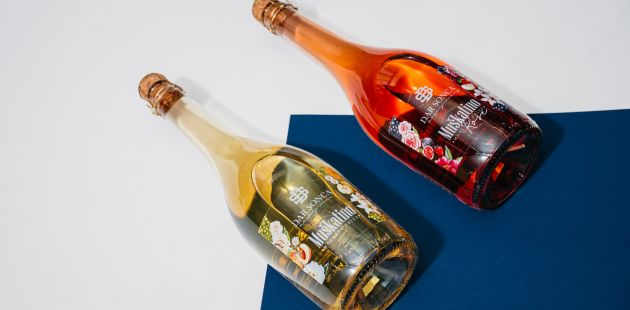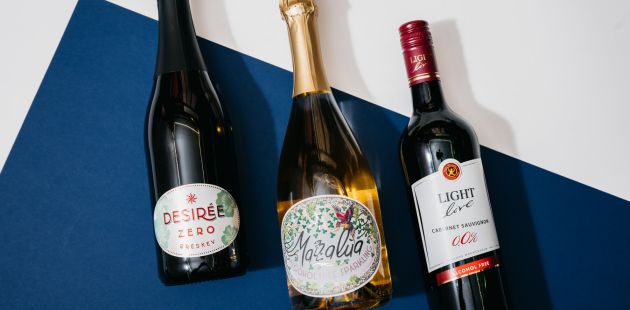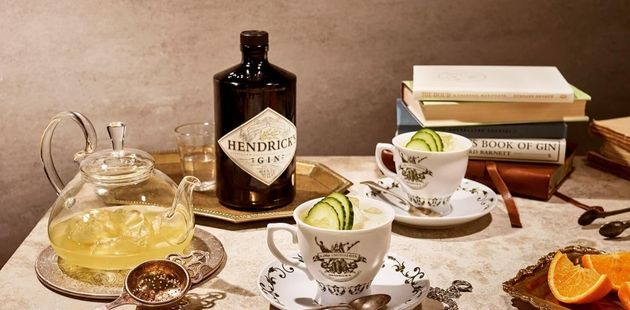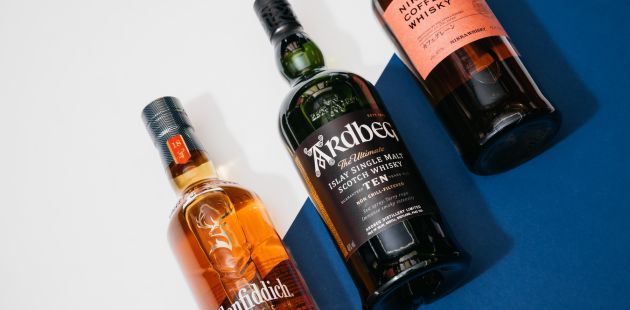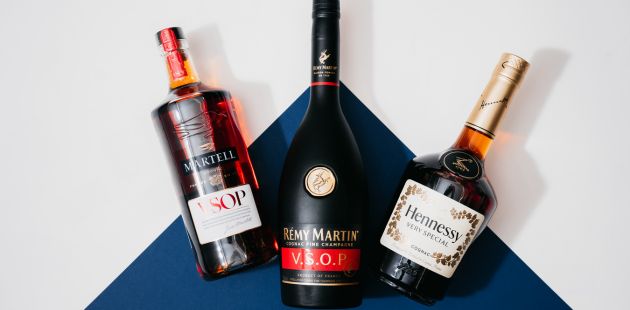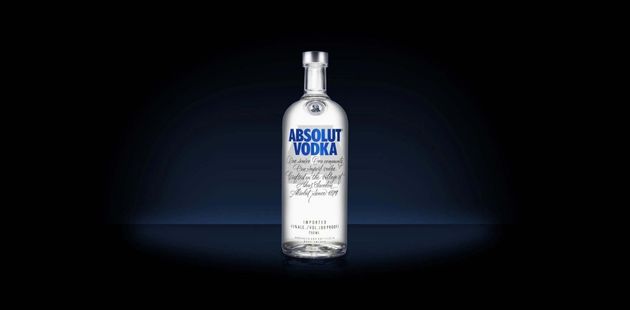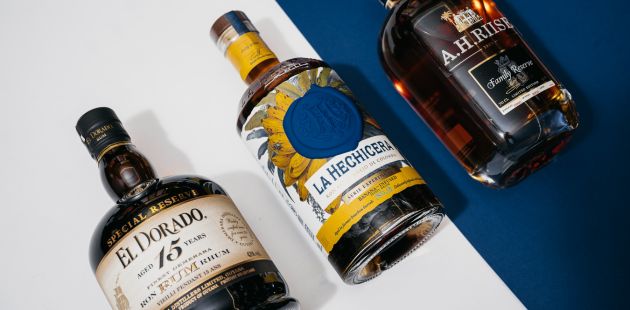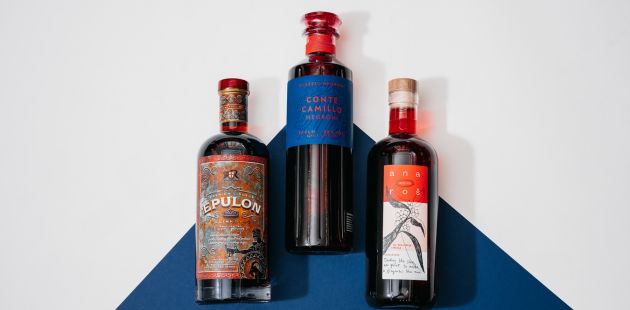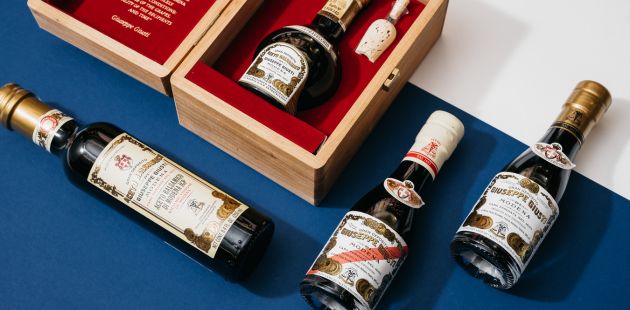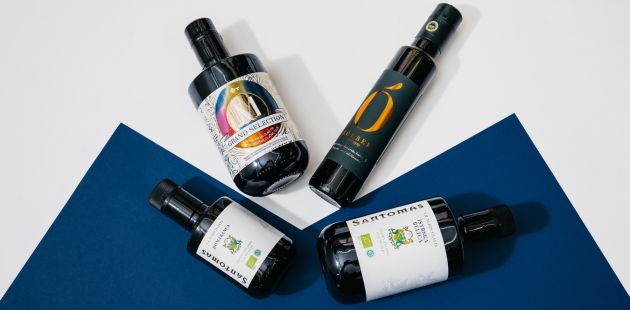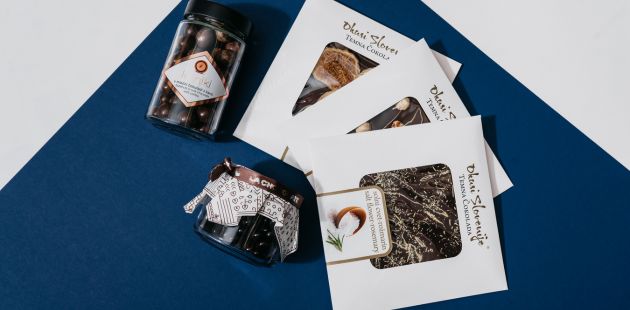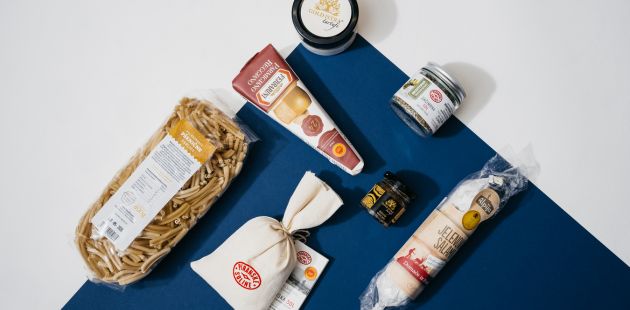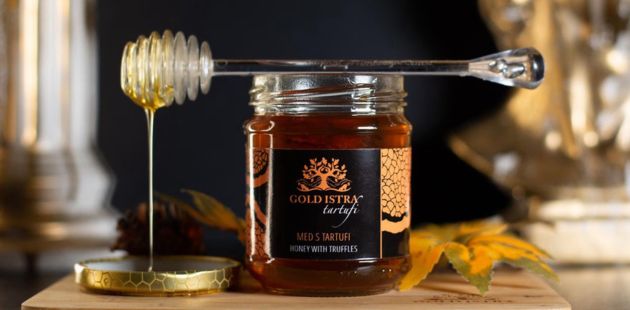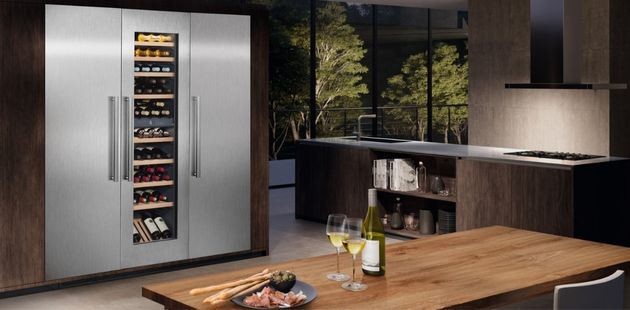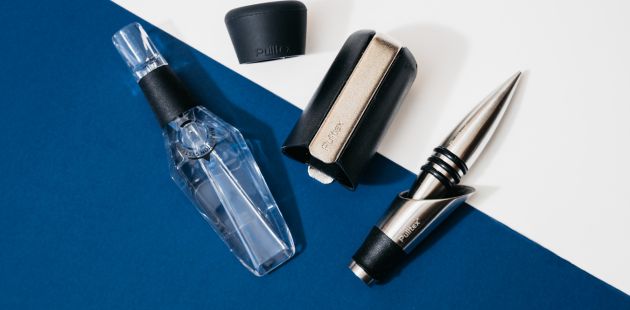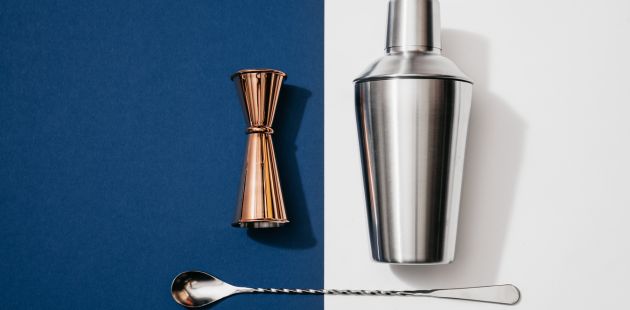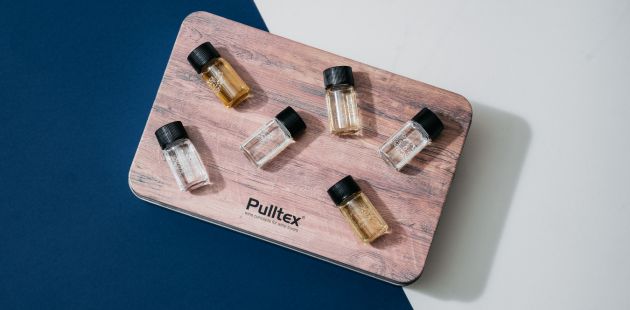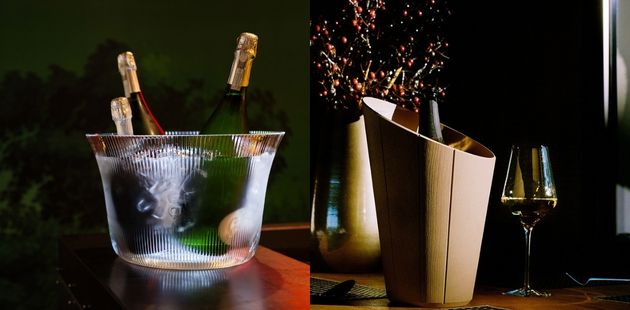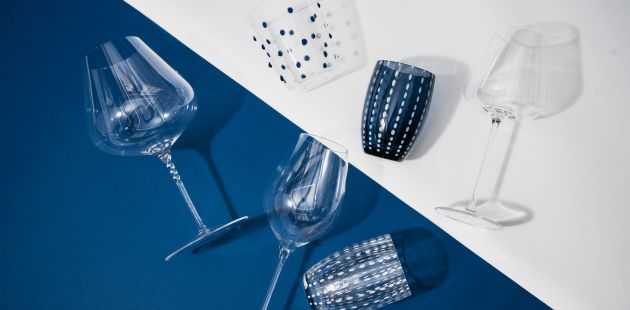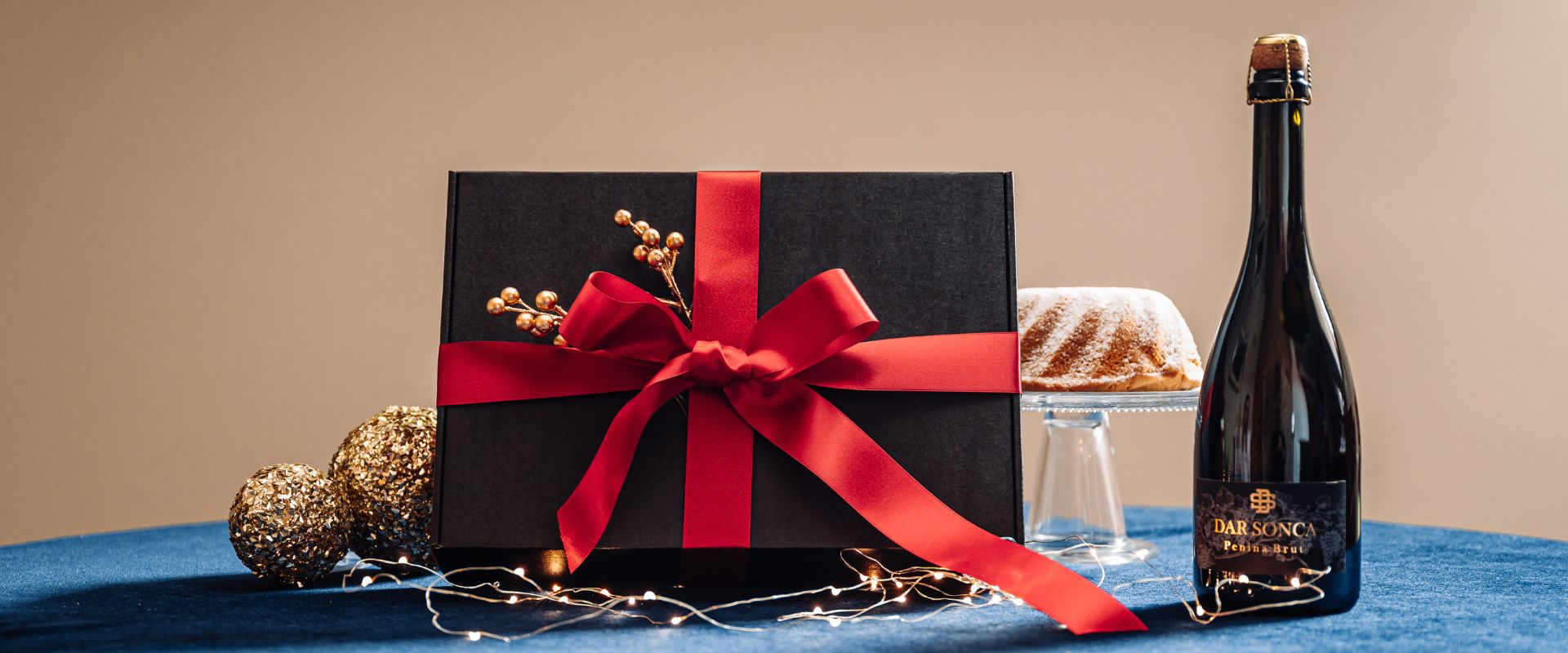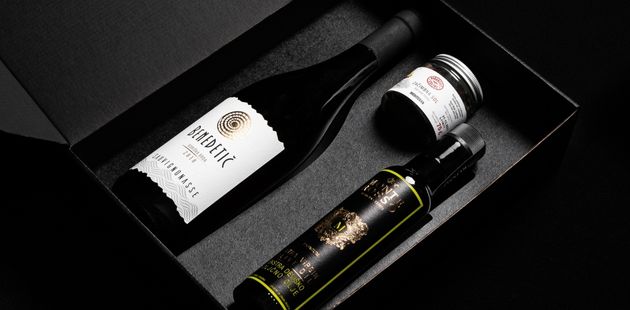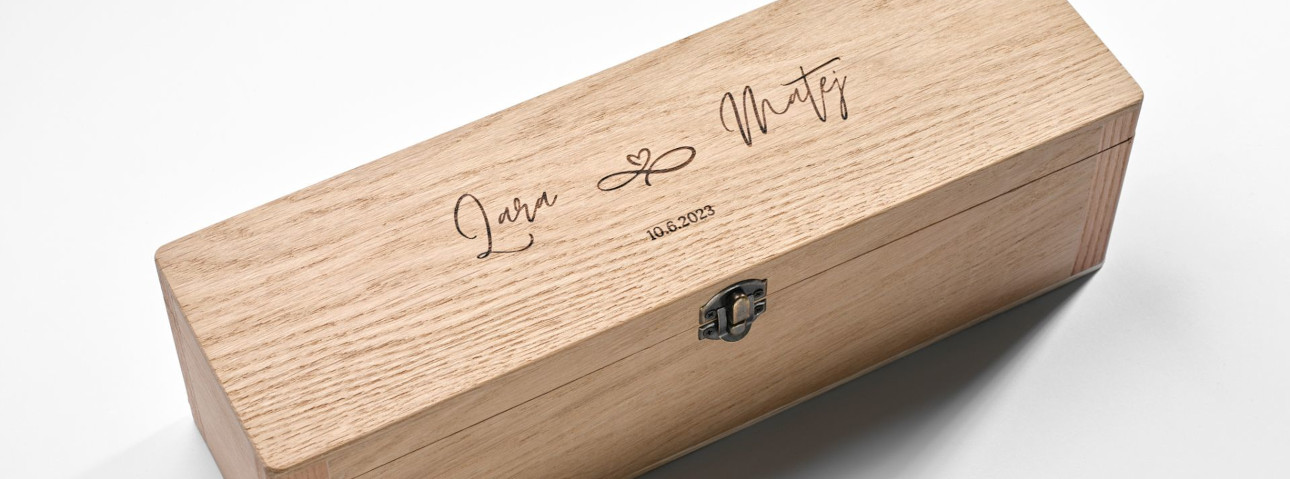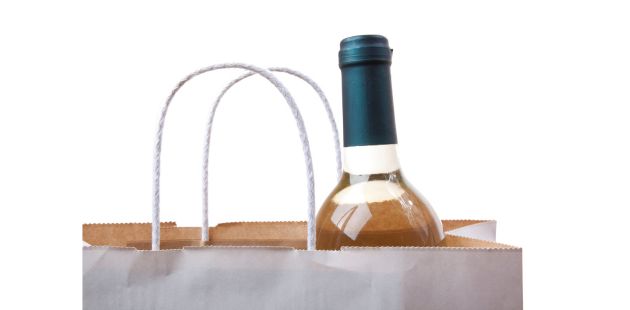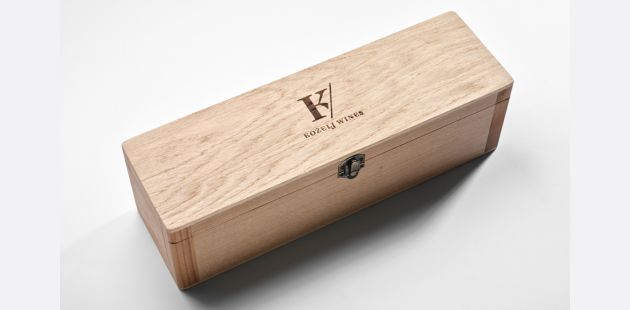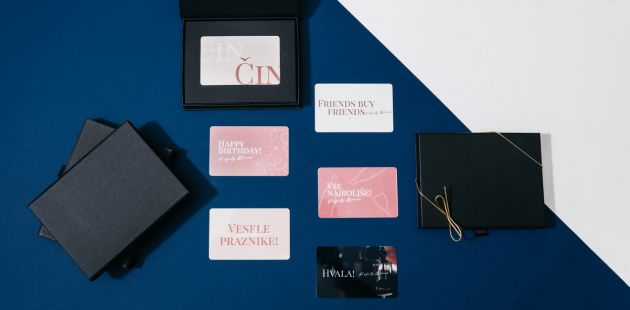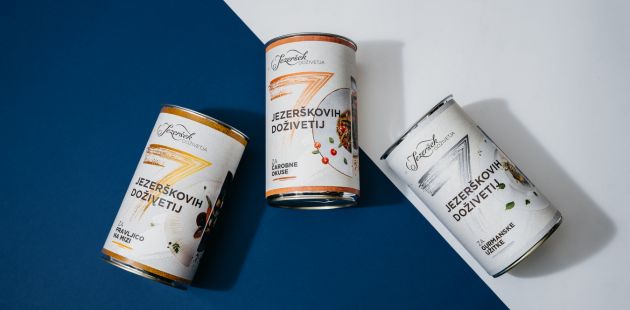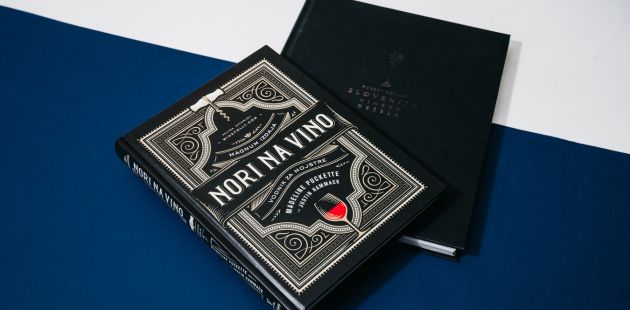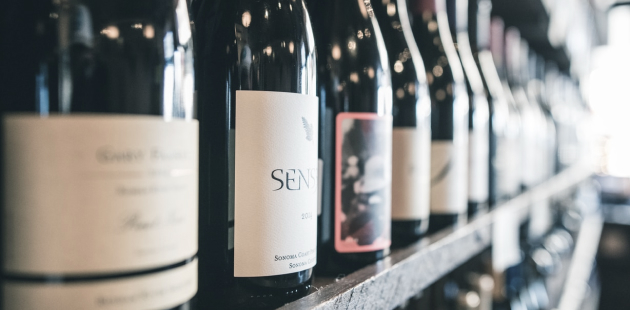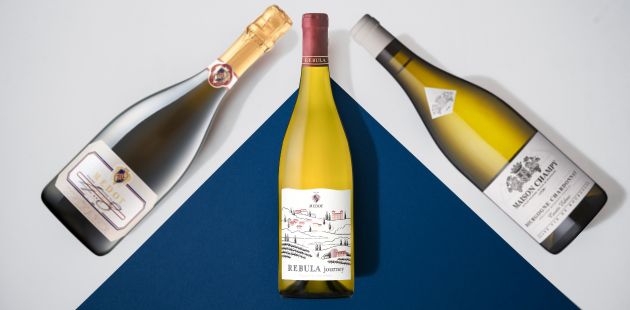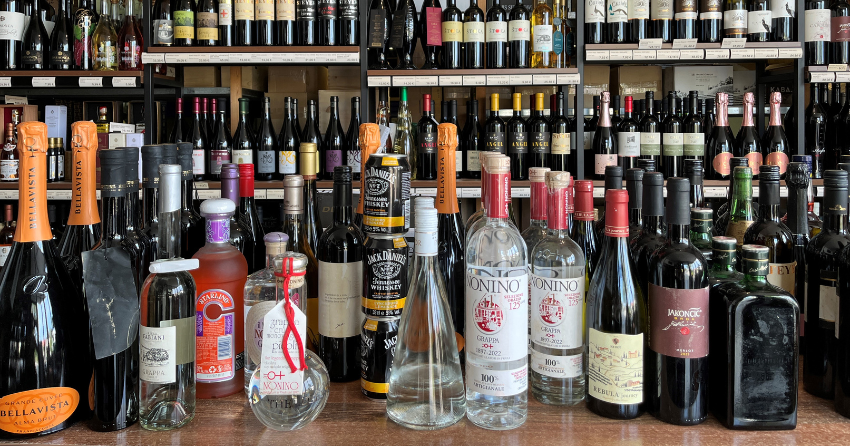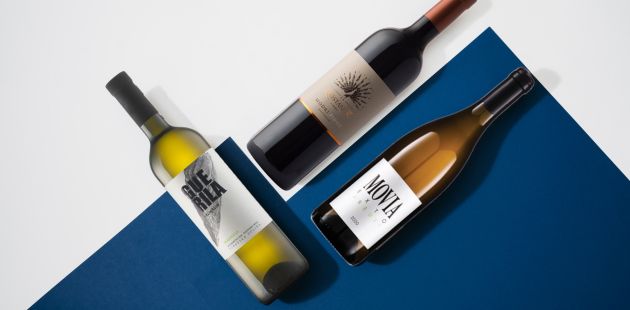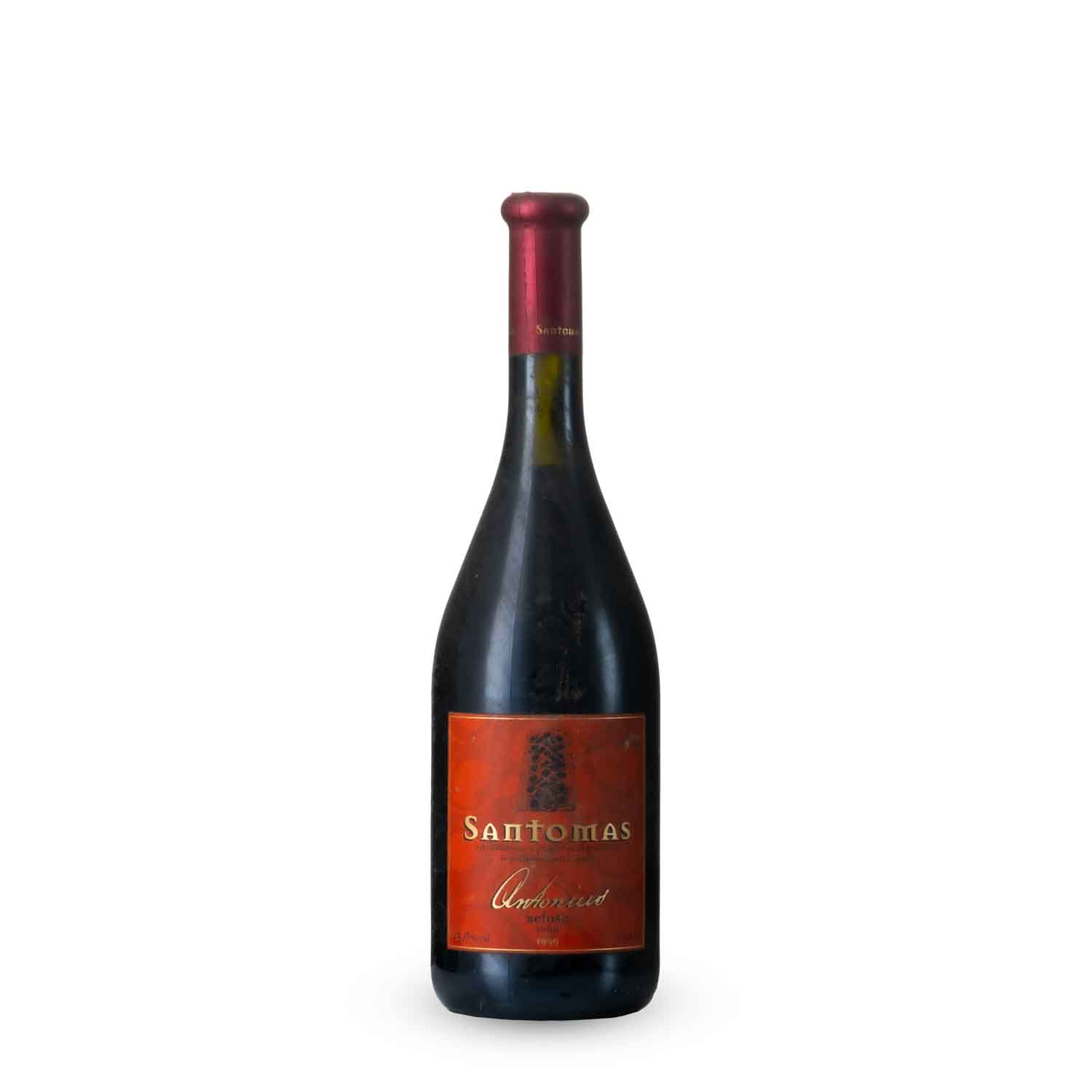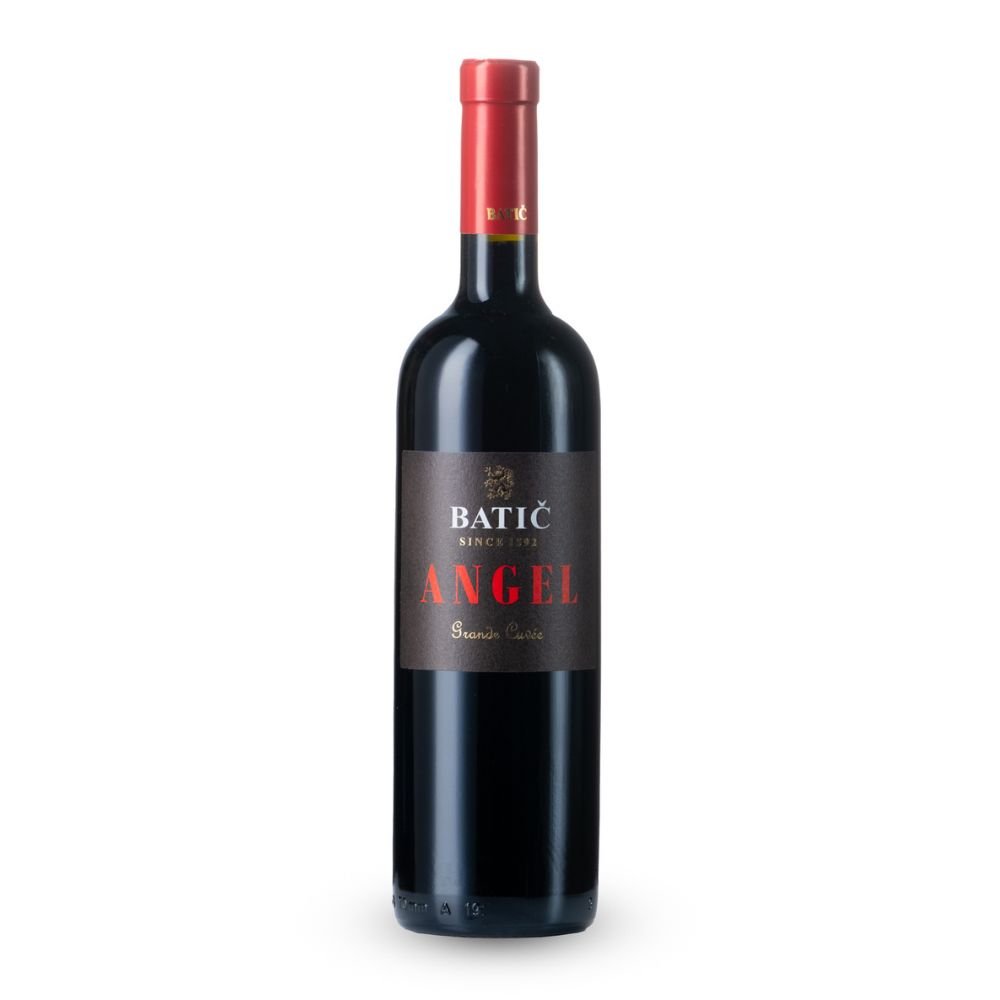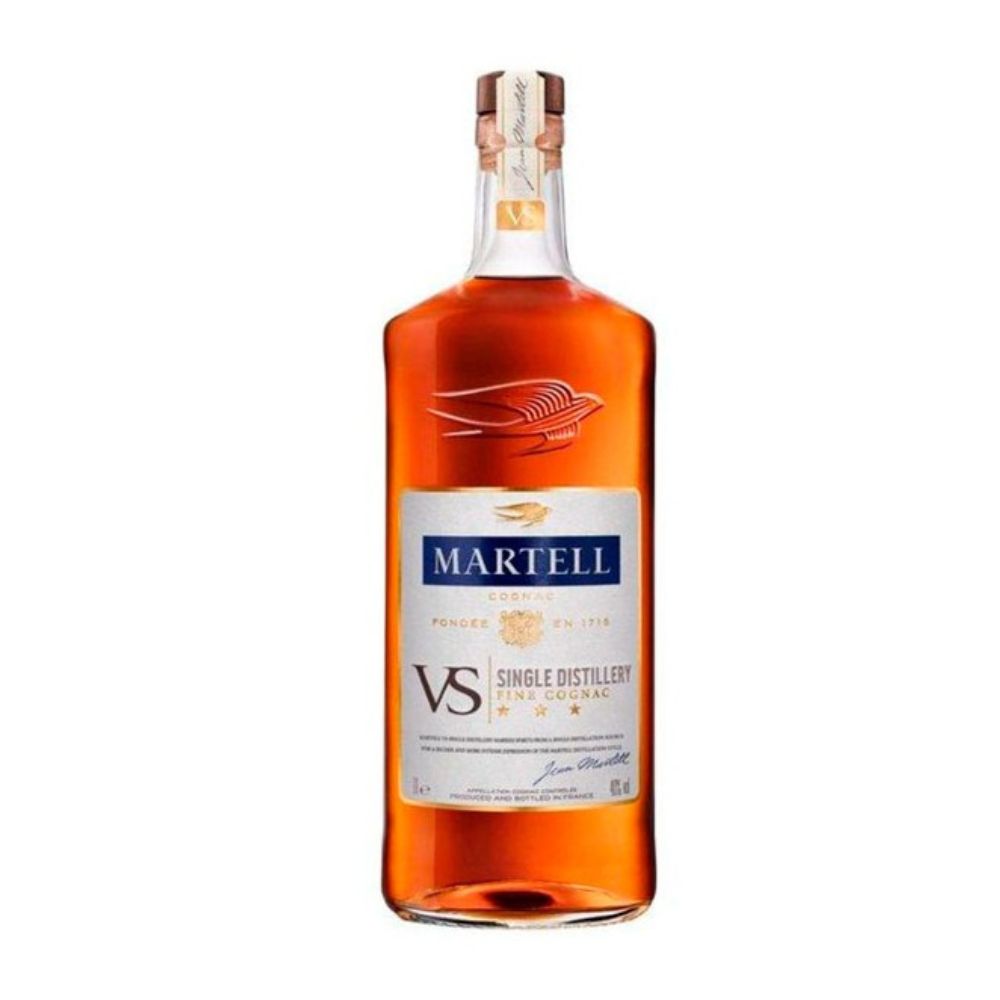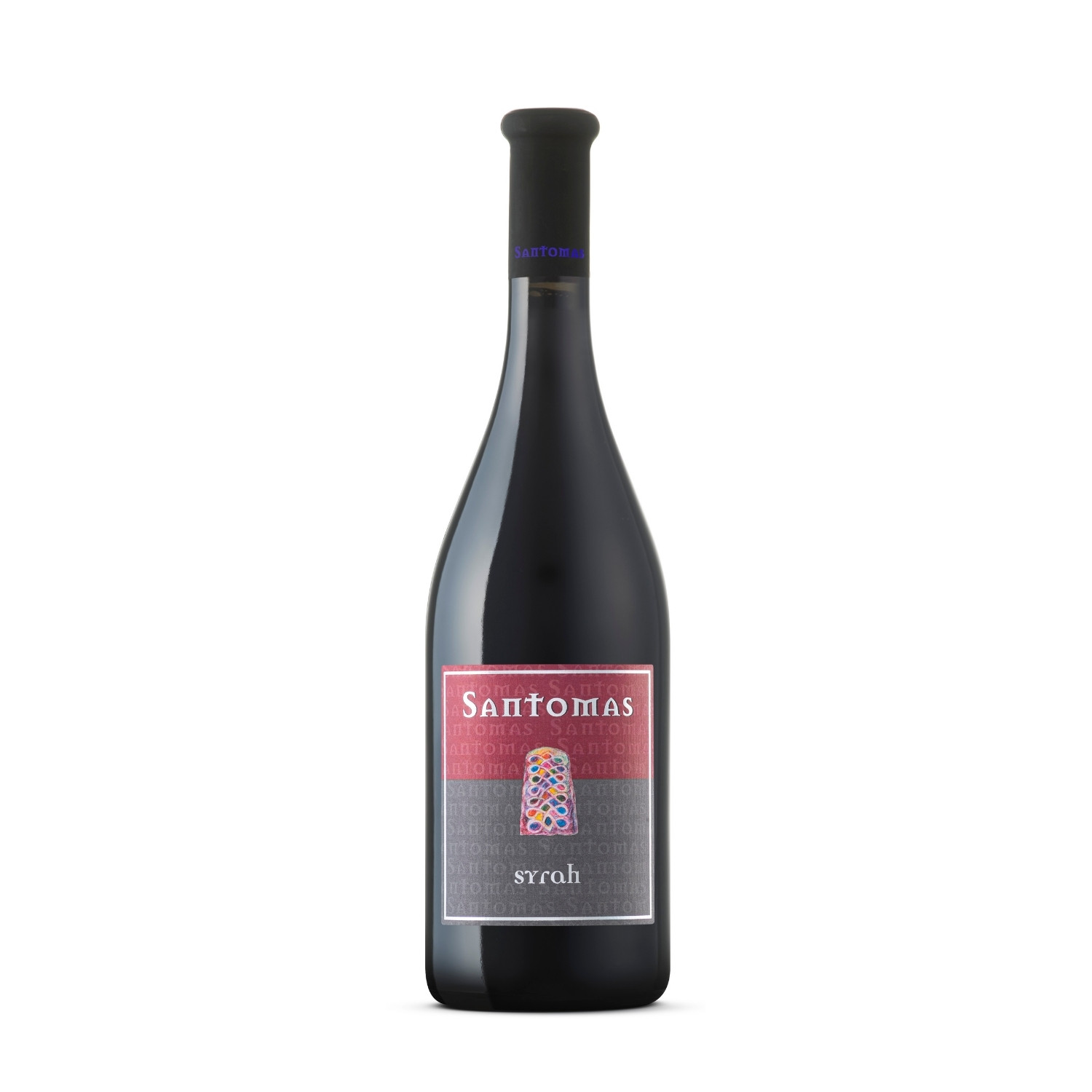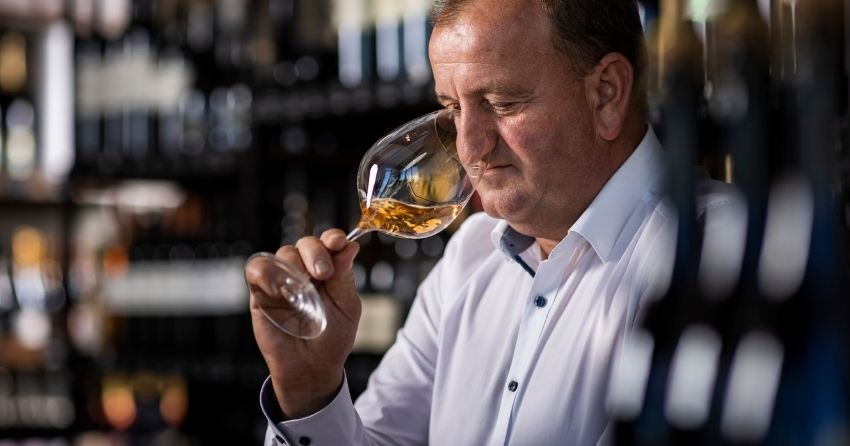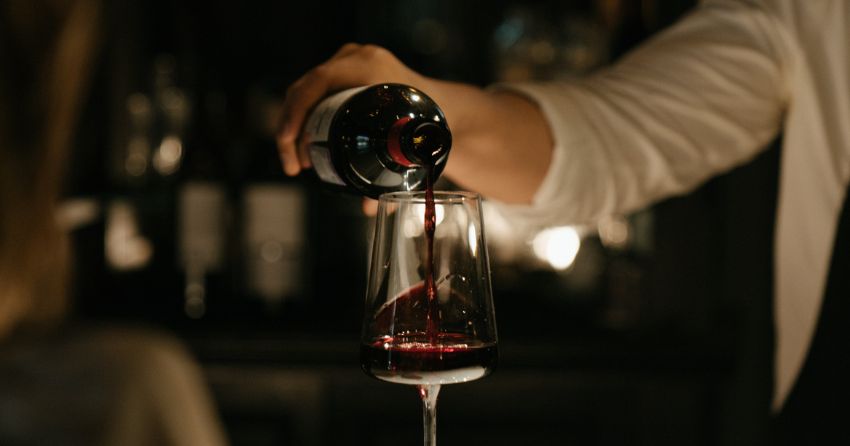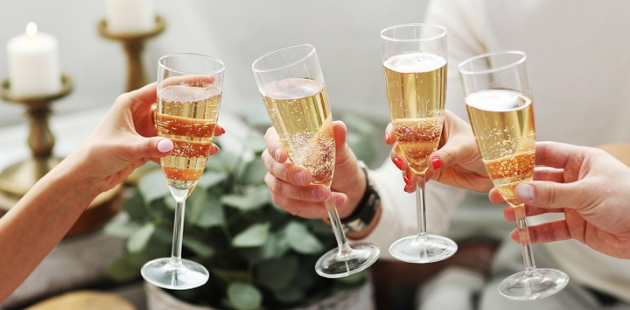Good wines deserve a suitable glass
25. december 2025
The fact is that the same wine, if we smell it from two very different glasses, smells different.
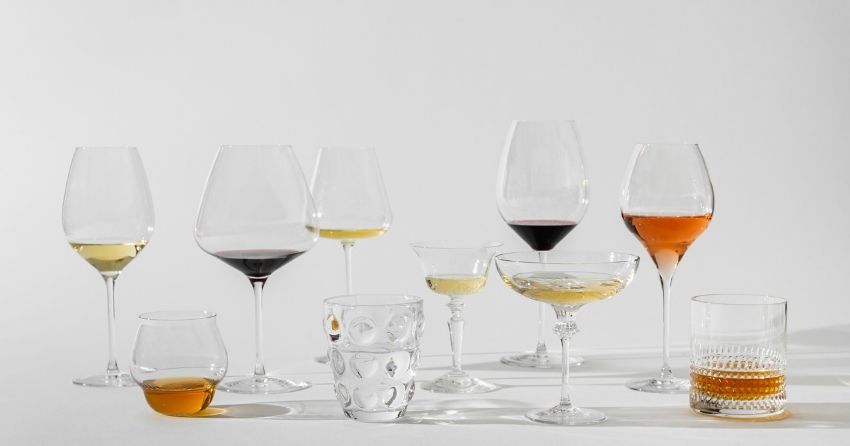
An important element of the quality of the wine is, in addition to the aroma and taste, its colour. This is also the first information about wine that we receive just by pouring it into a glass, and also the first characteristic that helps us form an opinion about wine before even smelling and tasting it. Based on the data from the bottle label – the origin of the wine, its age, varietal composition and colour – we are already making assumptions, forming a first opinion and setting a scale of expectations about its quality.
Most glasses have the shape of a tulip; the glass narrows towards the top so that the mixture of aromas from the air and wine concentrates towards the opening where our nose awaits them. As a rule, red tannic wines, which require several years of maturation before coming to our table, turn out best in large glasses with a volume of 600 ml and more, whereas delicate white wines – such as the classic riesling – go in much smaller and narrower glasses barely holding 100 ml. Glasses for noble and precious predicate wines tend to be even smaller. It should be noted that we fill the glass only up to their widest part (which is usually in the lower quarter), which means that even in the largest glass, say for a Bordeaux, a little more than 100 ml is poured.
Glasses for sparkling wine and champagne are a special case. Most of the glasses for these wines are narrow and tall flutes. Due to its shape, this type of glass is practical for serving (many can fit on a tray) and for admiring the wine’s colour and bubbles, but they are – in my opinion – completely unsuitable for smelling the wine. Because they are full to the brim, the smell of the wine right after pouring is too strong, but the next moment – because nothing holds it back – it’s gone. There is not much harm done to simple and unpretentious sparkling wines, but with those that have more to say there is a lot that can be missed. A good glass for champagne or sparkling wine is designed according to the same principles as mentioned above and is subject to the same rules as for still wines. If we do not have a special glass for them, it is better to pour them into white wine glasses.
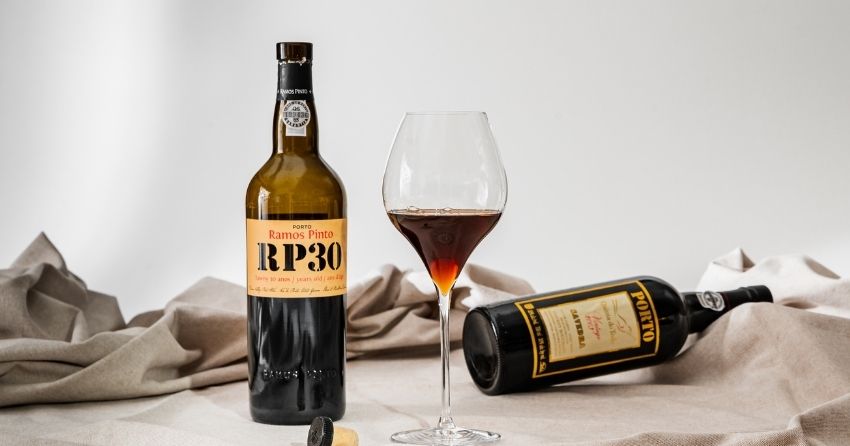
That was the theory. What about practice? Storing different glasses for different styles and varieties of wines, if we count at least six glasses for each, requires a lot of storage space, a lot of hand-washing and polishing and, last but not least, quite a bit of money. The prices of good glasses start at around 8 euros, top-quality machine-made ones cost at least 15 euros, while hand-made ones 40 euros and more.
We can also solve the glass problem in a simpler way. One type of glass for white wine, one for red, and if you don’t drink sparkling wine just on New Year’s Eve, another glass for that.
Quality glasses are best washed by hand, immediately after use – with red wines, the sediment tends to dry overnight – without detergent, just rinse them well with hot water and polish with two kitchen towels. If you store them in the kitchen and they sit for a long time before the next use, they tend to take on odours. Therefore, they should be washed before use.
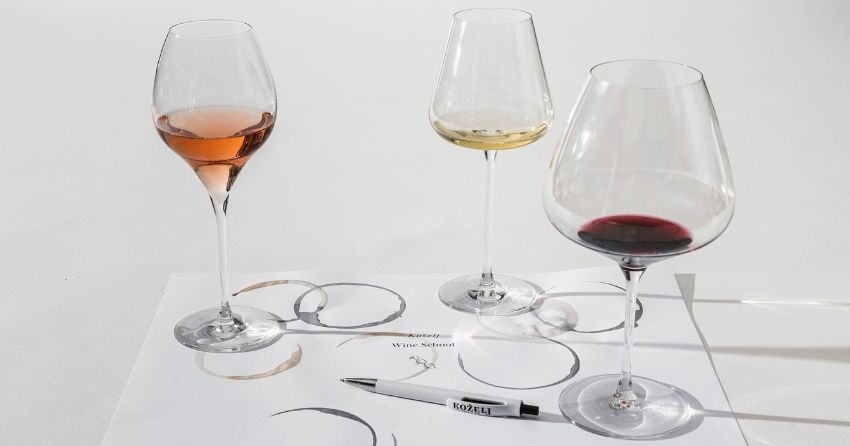
Finally, let me share my own experience with the best and – most expensive – glasses. I received two as a gift and used them only once. The experience was exceptional – they were thin, light, fragile – but then I broke one when polishing. The other survivor stands in the back row of the cupboard, and as I reach for a glass, I just look at it sadly, remember his twin brother, and choose an older, more robust model.
LEON BETON
The article was first published in the Dober tek magazine.

